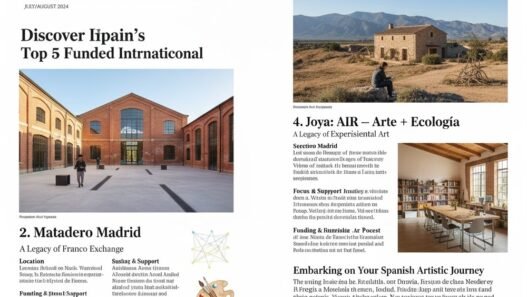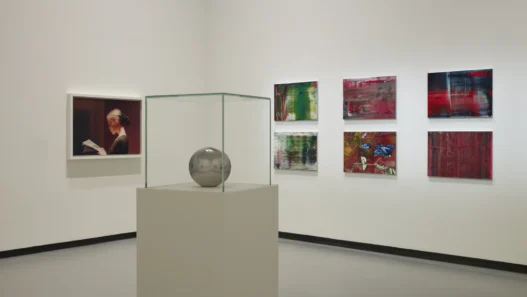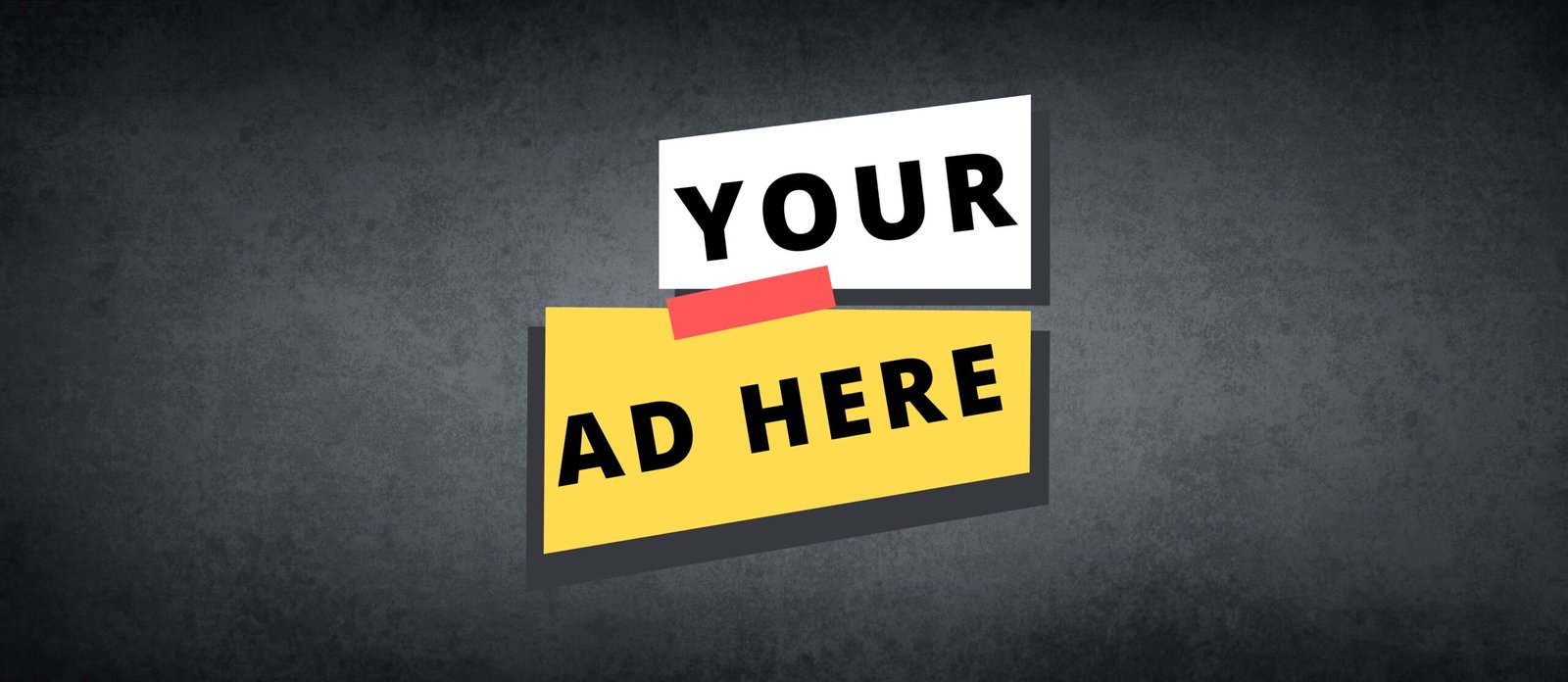Crafting a compelling curatorial proposal is an essential skill for curators, artists, and art professionals seeking to bring their exhibition ideas to life. A well-structured proposal communicates your vision clearly, convinces stakeholders of its value, and secures the support needed to execute your project. Whether you’re pitching to a gallery, museum, or alternative art space, this step-by-step guide will help you create a persuasive and professional curatorial proposal.
Step 1: Define Your Exhibition Concept
Start by articulating the core idea of your exhibition. What story or theme are you exploring? Why is it relevant now? A strong concept is the backbone of your proposal, so ensure it’s specific, engaging, and meaningful.
- Identify the Theme: Pinpoint the central idea or question your exhibition addresses. For example, “Exploring identity through contemporary textile art” is more focused than “Modern art.”
- Consider Relevance: Explain why this theme matters to your target audience, community, or the broader art world. Connect it to current cultural, social, or artistic trends.
- Narrow the Scope: Be realistic about the scale of your exhibition. Define the number of artworks, artists, or mediums to keep your vision manageable.
Example: An exhibition titled Echoes of Migration might explore how displacement shapes artistic expression, featuring works by five diaspora artists using mixed media to reflect personal and collective narratives.
Step 2: Research and Contextualize
Ground your concept in research to demonstrate its depth and feasibility. This step shows your expertise and helps build a convincing case.
- Art Historical Context: Reference artists, movements, or exhibitions that relate to your theme. This situates your proposal within a broader art historical narrative.
- Cultural and Social Context: Highlight how your exhibition responds to contemporary issues or local concerns.
- Venue Fit: Research the gallery or institution you’re pitching to. Tailor your proposal to align with their mission, audience, and past programming.
Tip: If pitching to a community-focused gallery, emphasize how your exhibition engages local audiences or addresses regional issues.
Step 3: Outline the Exhibition Details
Provide a clear overview of the exhibition’s logistics to show it’s well thought out and feasible.
- Title: Choose a concise, evocative title that captures the essence of your concept.
- Curatorial Statement: Write a 200–300-word statement summarizing the exhibition’s theme, goals, and significance. This is the heart of your proposal.
- Artists and Artworks: List the artists (or types of artists) you plan to include, along with examples of their work or mediums. If specific artworks are chosen, mention them briefly.
- Scope and Scale: Specify the number of works, estimated space requirements, and any special installation needs (e.g., lighting, multimedia equipment).
- Timeline: Propose a realistic timeline for preparation, installation, and the exhibition run.
- Budget Estimate: Include a rough budget covering artist fees, transportation, installation costs, and marketing. Be transparent about funding sources or sponsorships.
Example: For Echoes of Migration, the proposal might include 15–20 works by five artists, requiring 1,000 square feet, with a six-month preparation period and a $10,000 budget partially funded by a local arts grant.
Step 4: Address Audience Engagement
Explain how your exhibition will connect with its audience. Galleries and institutions want to know how your project will attract visitors and create impact.
- Target Audience: Define who your exhibition is for (e.g., art enthusiasts, local communities, students).
- Public Programming: Propose events like artist talks, workshops, or guided tours to enhance.complete engagement.
- Marketing Strategy: Suggest how you’ll promote the exhibition through social media, press releases, or partnerships.
Example: Echoes of Migration could include a panel discussion with artists and a community workshop on storytelling through art, promoted via Instagram and local cultural blogs.
Step 5: Write a Clear and Professional Proposal
Structure your proposal to be concise, persuasive, and easy to read. Most proposals are 2–5 pages long, depending on the institution’s guidelines.
- Introduction: Briefly introduce yourself and your qualifications as a curator or organizer.
- Curatorial Statement: Present your exhibition concept and its significance.
- Exhibition Details: Include the logistics outlined in Step 3.
- Audience Engagement: Detail your plans for public interaction and marketing.
- Conclusion: Summarize why your exhibition is a perfect fit for the venue and how it will benefit their program.
- Appendices (if needed): Include artist bios, sample images, or a detailed budget.
Formatting Tips:
- Use clear headings and subheadings.
- Keep sentences concise and avoid jargon.
- Proofread for clarity and professionalism.
Step 6: Tailor to Submission Guidelines
Each venue has specific submission requirements. Check their website or contact them directly to ensure compliance.
- Word Count or Page Limit: Adhere to any specified length.
- Format: Submit as a PDF, Word document, or online form, as requested.
- Deadlines: Note submission deadlines and plan ahead.
- Additional Materials: Some venues require CVs, portfolios, or letters of support.
Tip: If no guidelines are provided, contact the venue to clarify expectations.
Step 7: Seek Feedback and Revise
Before submitting, share your draft with trusted colleagues or mentors for feedback. They can help identify unclear sections or strengthen your argument.
- Clarity: Ensure your concept is easy to understand.
- Feasibility: Confirm that your logistics and budget are realistic.
- Impact: Verify that your proposal conveys the exhibition’s value and uniqueness.
Step 8: Submit and Follow Up
Submit your proposal according to the venue’s instructions. After submission, follow up politely if you don’t hear back within their stated timeline.
- Confirmation: Ensure your submission was received.
- Professional Tone: Express enthusiasm and openness to discuss your proposal further.
Final Thoughts
A successful curatorial proposal balances creativity with practicality. By presenting a clear, well-researched, and engaging vision, you increase your chances of turning your idea into a reality. Take time to refine your concept, align it with the venue’s goals, and communicate its value to both the institution and its audience. With careful planning and a compelling pitch, your exhibition can leave a lasting impact on the art world.
ArtInfoLand Magazine encourages aspiring curators to experiment boldly while grounding their proposals in thorough research and clear communication. Happy curating!




















